Prediabetes diet
If you have prediabetes, chances are your doctor has urged you to lose some weight and considering going on a prediabetes diet. While not everyone with this condition is overweight, many can be—as well as about 90 percent of people who end up with diagnosed type 2 diabetes.
Prediabetes is a condition in which a person’s blood sugar levels are abnormally high but have not yet reached the clinical definition of type 2 diabetes. About 88 million adults in the United States, or more than one in three people, have prediabetes, which is linked to a higher risk of health problems like heart disease and stroke. Healthy eating and exercise can delay or prevent the progression to type 2 diabetes—it may even reverse the condition. In fact, losing just 5 percent to 7 percent of your body weight—which is about nine to 12 pounds for someone who weighs 175 pounds—can lower your risk of type 2 diabetes by as much as 71 percent.
So what’s the best way to lose weight if you have prediabetes? There are many different ways for people with prediabetes to slim down, but some strategies are more effective than others. If possible, ask a certified diabetes educator or registered dietitian to help guide you towards the right prediabetes diet or meal plan. And be sure to avoid the following common pitfalls.

Looking for a quick fix
Whether you’re thinking of trying the cabbage soup diet or going on a juice cleanse, stop and ask yourself if the plan is sustainable. Some fad diets might work for a week or a month, but then what?
“Making dietary changes takes patience and diligence. People tend to want the quick fix when it comes to losing weight, but the extra weight didn’t come on overnight and, as we age, it gets harder to lose,” says registered dietitian nutritionist Sacha Uelmen, director of nutrition for the American Diabetes Association and spokesperson for the ADAs’ book, Managing Type 2 Diabetes for Dummies.
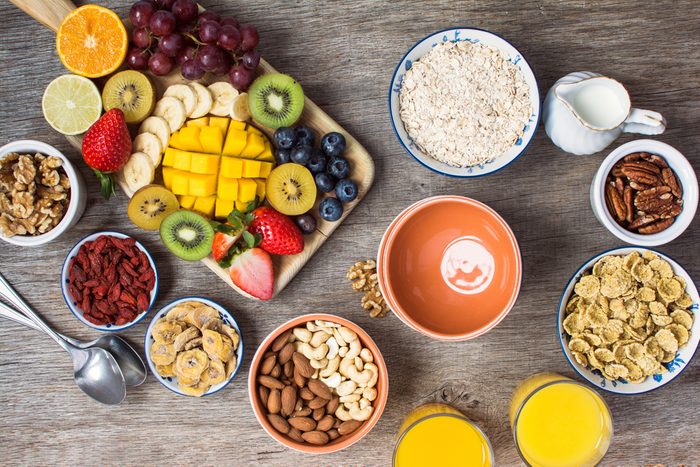
Skipping breakfast
It might seem like an easy way to save a few calories on a prediabetes diet, but skipping a healthy breakfast tends to backfire, says Marina Chaparro, a clinical dietitian, certified diabetes educator, and spokesperson for the Academy of Nutrition and Dietetics. “It requires a lot of willpower to avoid overeating at your next meal if you haven’t eaten in a while,” she explains.
Skipping meals can also mess with your blood sugar, and not just in the way you might imagine. “Your blood sugar could go lower or higher, depending on your body’s response,” says Chaparro. “You always have a little extra backup of sugar in your liver, which is supposed to be released as needed, but in people with prediabetes the mechanism doesn’t always work properly,” and your liver might mistakenly release too much glucose.

Overeating healthy foods
Even foods that are great for you still have calories, and you won’t lose weight on your prediabetes diet if your portions are out of control. “Every now and then I meet someone who’s eating salmon, quinoa, and all these other wonderful foods, and they can’t figure out why they aren’t losing weight,” says Chaparro. Quality matters, but so does quantity in a prediabetes diet.

Not exercising
“It’s rare to have prediabetes if you’re very active,” says Chaparro. In addition to helping keep your weight down, exercise lowers your glucose levels by encouraging sugar to move into the cells (where it’s used for energy) rather than hang out in your bloodstream. “Exercising is like taking a dose of medicine,” says Chaparro, who notes that the exercise benefits continue for a while even after your workout has wrapped. Aim for at least 30 minutes of activity per day; a combo of aerobic exercise and strength training is ideal.
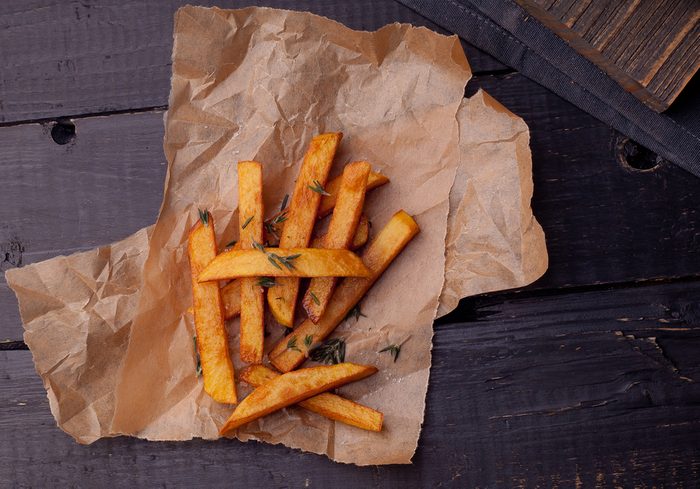
Going gluten-free
Unless you have celiac disease or gluten intolerance, there’s really no reason to bother with a gluten-free diet. Many people think that cutting out gluten will help them lose weight, but that’s not usually the case. “French fries are gluten-free! It doesn’t tell you anything about nutrition quality,” says Chaparro.
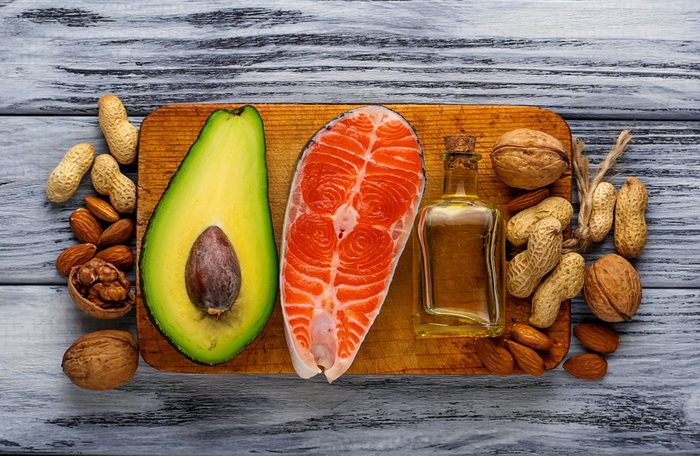
Nixing all fat
Remember the ultra-low-fat craze of the 1990s? Some people just can’t shake the notion that fat is what’s making them gain weight. It doesn’t exactly work that way. Fat is dense in calories so you need to eat it sparingly, but it’s also an important nutrient—not an enemy. Including some fat in your diet helps you feel full faster. On a prediabetes diet, the key is to scale back on (rather than eliminate) fat and swap certain fats (saturated ones like butter and those found in fatty cuts of meat) in favor of healthier fats (like avocado, olive oil, and fatty fish like salmon).

Letting health halos cloud your judgment
Some foods seem to have developed such a good-for-you reputation that many people think they’re healthier than they actually are. The overarching rule of eating: mind the details. Are salads healthy? Sure, if you don’t drown them in cheese and creamy dressing. Granola bars and yogurt can be healthy—or they can be overloaded with carbs and sugar. Remember to think critically and read nutrition labels on your prediabetes diet.

Skimping on sleep
Sleep matters a lot for anyone who’s on a prediabetes diet. Research has linked too little—or too much—shut-eye to a higher risk of type 2 diabetes, according to the National Sleep Foundation. While you snooze, you aren’t just lying there: Your body makes important hormones, including those that regulate your appetite and help your body use sugar effectively. Chronic sleep deprivation often means less insulin gets released after you eat, which allows blood sugar to rise to unhealthy levels.
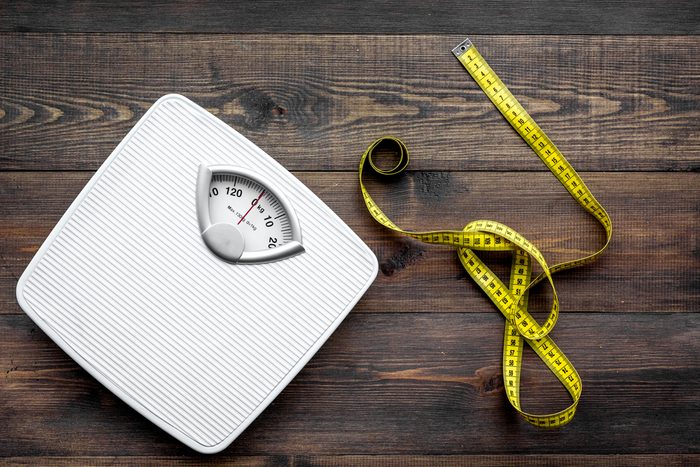
Not being realistic about your weight-loss goals
If you aim to lose 50 pounds in a few months, you’re going to be disappointed. Likewise, shedding five pounds might not be enough. Talk to your doctor so you understand what a healthy weight is for you and make a plan to lose weight slowly and safely so you’re more apt to keep it off. “Someone with prediabetes wanting to reduce the risk of getting type 2 diabetes usually needs to lose about 5 to 7 percent of their current weight,” says Uelmen. “That’s about 14 pounds if you currently weigh 200.”
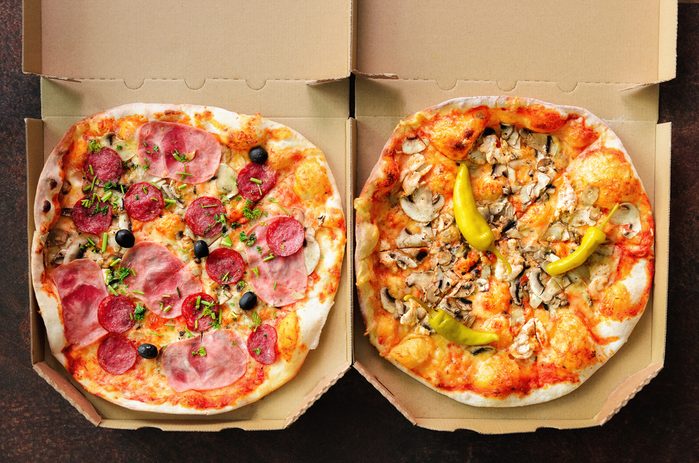
Making certain foods completely off-limits
“You can have pizza,” or whatever else it is that you love, says Chaparro. Of course, you might have to scale back on portion sizes and frequency. But it’s better to treat yourself occasionally on a prediabetes diet than to go for an all-out ban that’s likely to make you crave that food more than ever.

Only eating one meal a day
As with skipping breakfast, some people think that they’ll naturally eat less if they only eat dinner. “This is actually contrary to what usually happens,” says Uelmen. “We tend to choose more calorie-dense foods and end up consuming more in one meal than we would have all day. It’s human nature to compensate.”
This off-balance strategy is also pretty terrible for your blood sugar, Uelmen adds. “Eating one meal a day can cause your liver to release more glucose when you’re not eating and make it hard for your pancreas to keep up with your insulin needs after the big meal.”

Eating too often
The flip side of eating too rarely is, of course, eating too often. “There’s this myth that you need to eat every two hours when you have prediabetes or diabetes. While going all day without eating may not be the best idea, eating too often can make it really hard to manage your blood sugar, let alone lose weight,” says Uelmen.
To keep blood sugar steady on a prediabetes diet, try to space out meals and snacks, which usually translates to eating something every four to six hours.

Letting yourself be consumed by stress
When you’re frazzled, your defenses are down, and it’s easy to seek comfort in the form of sweet, salty, and fatty foods. For people who are on a prediabetes diet, that’s a serious problem—and not only because of the extra calories: Chronic stress can actually raise your glucose levels and keep them elevated, according to the American Diabetes Association.

Trying to change everything at once
While tweaking every meal, learning to do yoga, and hiring a personal trainer are all good moves, trying to tackle them simultaneously isn’t. “Often people try to change too many things and then end up frustrated,” says Uelman. “Try changing one meal at a time rather than overhauling your entire diet in a day,” she suggests. “Focus on the meal that seems the easiest to adjust.”
Next, check out the best ways to maintain healthy blood sugar levels.
